Troubleshooting in the driver's cab


Up to 200 measuring channels plus recording measured data without PC or notebook
Graphtec Data Acquision Systems for recording measurement data are fast, flexible and easy to use. The data loggers have up to 200 measuring channels and record measured data without a PC or notebook. Different sensors can be connected to the Data Loggers via the connection boxes of the GLET series. We are happy to help you select the most suitable Graphtec data logger.
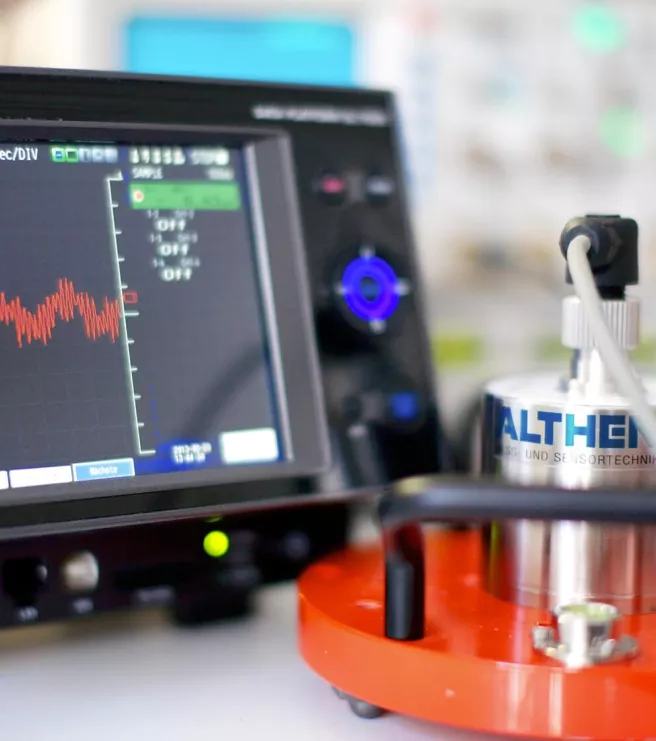
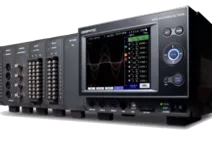
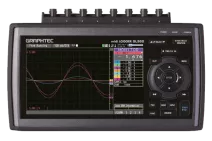
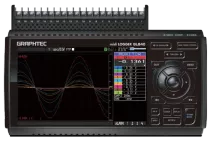
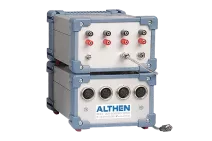
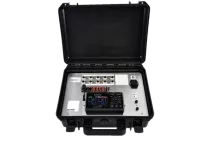
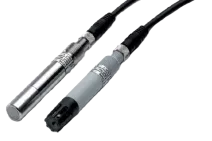
We can help you with a customized design or a complete measurement solution.
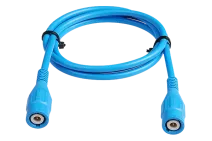
Data loggers for vibration, strain, high voltage, temperature and humidity measurements as well as flow and speed monitoring, for example for
In today's data-driven world, industries across the board rely on precise monitoring and analysis to optimize processes, ensure quality, and drive innovation. At Althen Sensors & Controls, we recognize the importance of reliable data logging solutions, which is why we proudly offer a wide range of Graphtec data loggers designed to meet the diverse needs of professionals across various sectors.
Graphtec Data loggers cater to a broad spectrum of industries and applications, empowering users to capture, analyze, and leverage data for enhanced efficiency, productivity, and decision-making. Here's a glimpse into some of the key sectors and professionals who stand to benefit from Graphtec data loggers:
Research and Development (R&D)
Manufacturing and Quality Control
Environmental Monitoring
Industrial Automation and Control Systems
Energy Management and utilities
Our data Loggers for recording measurement data are fast, flexible and easy to use. They have up to 200 measuring channels and record measured data without a PC or notebook. Different sensors are connected to the data loggers via the connection boxes of the GLET series.
For compact and screenless data loggers with USB or Ethernet interfaces, the measurement data (voltage signals) are written to an SD card. Thanks to the integrated amplifiers, the measuring range can be set between +/- 10 mV and +/- 1000 V. The measured values are recorded by a 2-point scaling in the data logger directly in the desired engineering unit, ie bar, kN, mm, etc.
Special models allow the use of so-called 8B amplifier modules. Thus, the flexibility of the data logger with respect to the input signals hardly any limits.

The data logger can be configured via the supplied PC software and the recorded measurement data can be evaluated. It is also possible to export the measured values as an ASCII table in order to process them, for example, in Excel.
On the other hand, we have a series of data loggers that have an integrated, large-format color display. The built-in, ergonomic keyboard and display allow the data logger to be easily and quickly configured on site. Complex configurations can be stored in the memory of the data logger and loaded as needed. This reduces the configuration effort in the application to a minimum.
The data loggers are available in 3 different versions: from the compact, 10-channel version, through a scalable 20 to 200 channel version, to the digital recorder, which allows sampling rates of up to 1 microsecond. The input channels of the dataloggers are scalable over a wide range and are designed for voltage measurements from 20 mV to 1000 V and temperature measurement (thermocouples and PT100). In addition, the data loggers have trigger and logic inputs, alarm outputs and the possibility of humidity measurement. Another advantage of the built-in display is the possibility to check the measured data on the TFT display during measurement data recording.
Valve diagnostics with the GL220/240 data logger: In industrial valves, changes in tightness and closing force inevitably occur during the operating process. Carrying out valve diagnostics on machines and systems prevents breakdowns and makes it easier to plan necessary maintenance work.
Measurement of tidal range and shaft movement: How much does the lighthouse really "sway"? Distance measuring systems are installed on numerous lighthouses in the North Sea - but on the tower itself. This results in a measurement error. An acceleration measurement system from Althen provides a remedy.
Mobile measuring system keeps helicopters in balance: A helicopter's center of gravity influences its flight characteristics and fuel consumption. Now there is a mobile measuring system for determining the center of gravity - in just two cases.



We offer Graphtec data qcquistione systems but can also help you with matching sensors, accessories or a complete measurement solution.
A data logger is an electronic device that continuously records and stores data from various sensors or instruments. This data can be temperature, humidity, pressure, light intensity, current or other physical quantities. Data loggers are often used in scientific experiments, industrial processes, environmental monitoring, vehicles and many other applications to collect and analyze important information.
Basically, a data logger consists of a programmable microprocessor, a storage medium, at least one interface and one or more channels for connecting the data source, such as sensors. This allows you to monitor various environmental parameters such as humidity, temperature, voltage, CO2 or power consumption over longer periods of time. You record the corresponding measurement data via a sensor. This data is then converted into "memory-compatible" data by an analog-to-digital converter and then written to the built-in memory, an SD card or a USB stick. You can then analyze the recorded data directly on the device or transfer it to a computer and evaluate it there.